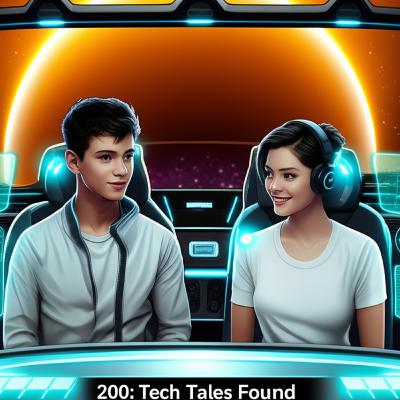X.Org: The Hidden War Behind Your Computer Screen: How a License Change Sparked a Software Revolution
Description
This episode explores the pivotal role of X.Org, the foundational display server that enables graphical user interfaces on Linux and other open-source systems. It traces the software’s origins from XFree86, the dominant project in the 1990s and early 2000s, and details the critical turning point in 2004 when XFree86 altered its licensing terms by adding a restrictive attribution clause to its previously permissive MIT License. This change created incompatibility with widely used open-source licenses like the GPL, threatening the stability of major Linux distributions and alienating the collaborative developer community. In response, key contributors and industry players initiated a ’fork’—a parallel development effort—leading to the creation of the X.Org Foundation, which preserved the open, community-driven ethos under the original MIT License. X.Org rapidly gained adoption, becoming the standard for open-source graphical displays due to its technical improvements, modular architecture, and commitment to interoperability. Over time, X.Org enabled advanced visual features such as compositing and smooth window animations, democratizing access to modern desktop experiences. However, its reign now faces a new challenge: Wayland, a next-generation display protocol designed for improved security, efficiency, and modern hardware integration. While many major Linux distributions have transitioned to Wayland as the default, X.Org persists through compatibility layers like XWayland and remains vital for legacy applications and specialized systems. The narrative underscores key themes in open-source development: the profound impact of licensing decisions, the self-correcting nature of community-driven projects, and the continuous cycle of innovation and obsolescence. The story of X.Org illustrates how behind-the-scenes infrastructure, shaped by human conflict and collaboration, underpins everyday digital experiences—ensuring that a blank screen remains just a nightmare, not a reality. Its legacy endures not only in code but in the principles of openness and collective ownership that continue to drive technological evolution.






